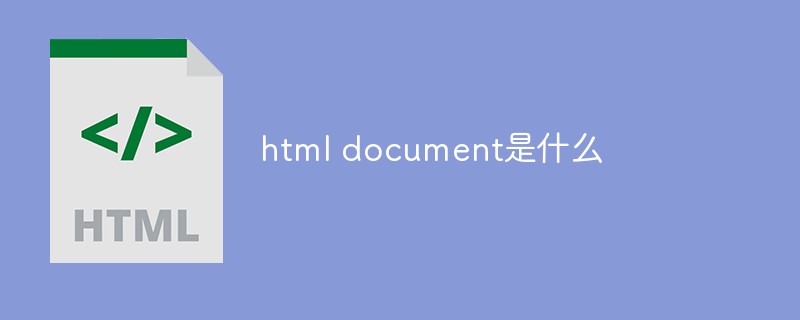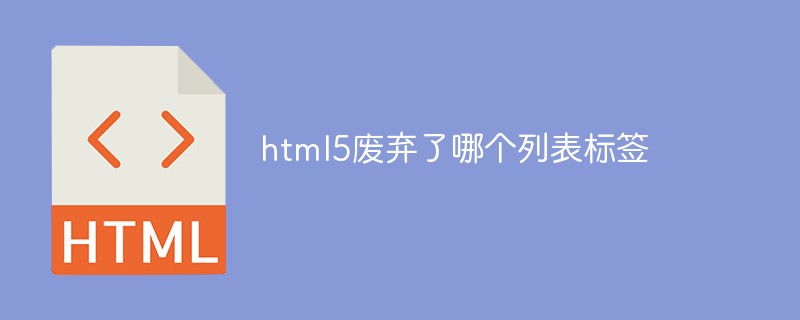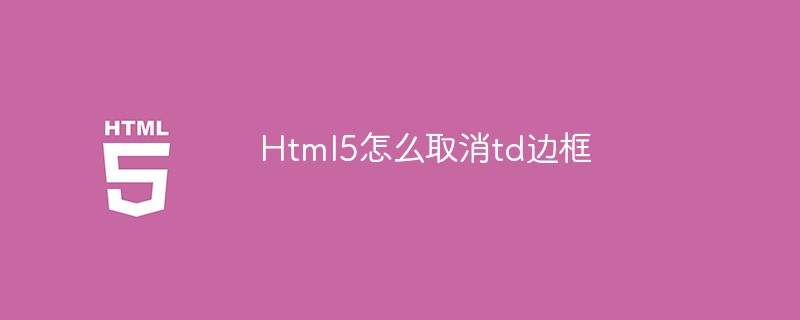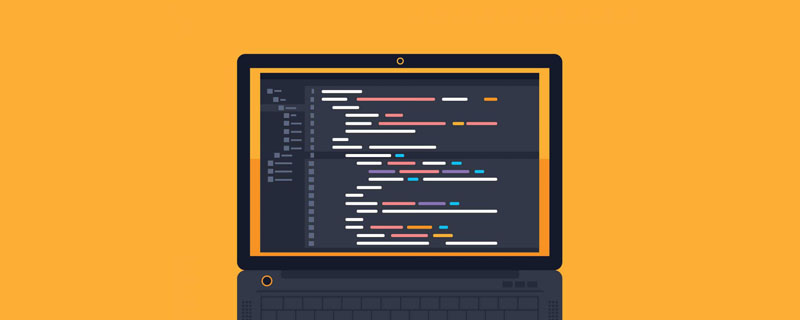This article mainly shares an article about code comments in HTML. It has a good reference value and I hope it will be helpful to everyone. Let’s follow the editor to have a look.
HTML Comments
In HTML code, the text between the tags is Document comments, the content of the comments will not be displayed on the browser page. Comments are only visible when you open the document in a text editor, or with your browser's "View Source" option.
There are two types of comments in HTML, one is HTML code comment and the other is IE conditional comment.
1. HTML code comments
In a large document, comments are used to mark the beginning and end of the block, which can be easily searched, or you can use comments to prevent certain content from being displayed.
When writing a lot of code, it is a good habit to comment out key code. Commenting to explain the intention of a certain piece of code can help remind yourself or others who need to work on this website. Understand what this code does.
It is also a good habit to use comments to hide scripts, so that browsers that do not support scripts will not display the script as plain text. For example:
<script type="text/javascript">
<!--
function displayMsg() {
alert("Hello World!")
}
//-->
</script>2, IE conditional comments
IE conditional comments (Conditional comments) are an extension of IE browser to HTML code comments. A kind of non-standard logical statement, which can flexibly import different html elements, such as style sheets, html tags, etc. for different versions of IE.
Conditional comments first appeared in IE5 and are supported by subsequent versions. Its syntax is an ordinary HTML comment. Browsers other than IE will ignore it as a comment. Therefore, it can pass W3C verification and will not affect other browsers.
The function of conditional comments is very powerful. It can perform if conditional judgment and decide whether to parse the content in the conditional comment based on whether the judgment result is true or false.
Conditional judgment starts with . It can be judged based on IE, non-IE, and the version of IE. The version number can be judged by the number, and the version number can be accurate to 4 decimal places. For example:
<!--[if IE]> <![endif]--> /* 所有IE,无论哪个版本 */ <!--[if IE 6]> <![endif]--> /* 如果IE版本是6 */
Conditional judgment also supports greater than (gt: greater than), less than (lt: less than), greater than or equal to (gte: greater than or equal), less than or equal to (lte: less than or equal), or (|), and (&), not (!), brackets. For example:
<!--[if gt IE 6]> <![endif]--> /* 如果IE版本大于6 */ <!-- [if lte IE 9]> <![endif]--> / * 如果IE版本小于等于9 * / <!--[if IE 6 | IE 7]> <![endif]--> /* 如果IE版本是6或7 */ <!--[if ! IE 5.5]> <![endif]--> /* 如果IE版本不是5.5 */ <!-- [if (gt IE 6) & (lte IE 9)]> <![endif]--> / * 如果IE版本大于6,且小于等于9 * /
With the help of conditional comments, many IE compatibility issues can be solved. For example, versions below IE9 do not support the new HTML5 elements header, nav, aside, footer, etc. There are a large number of html5shiv scripts on the Internet that can solve this problem. Just download the corresponding script, and use IE conditional comments at the head of the page to let versions below IE9 load the script, so that these old browsers can support the new elements of HTML5.
<!--[if lt IE 9]> <script src="http://html5shiv.googlecode.com/svn/trunk/html5.js"></script> <![endif]-->
You can also use the same method to solve CSS compatibility issues. For example, if IE6 does not support some new CSS features, you can write a CSS file specifically for IE6 and only let IE6 load it:
<!--[if IE 6]> <link rel="stylesheet" href="css/ie6.css" /> <![endif]-->
The good news is that starting from the IE10 version, conditional comments are no longer supported. This marks the beginning of IE's maturity and standardization, and Web designers no longer have to be troubled by IE's compatibility issues.
Related recommendations:
The above is the detailed content of About code comments in HTML. For more information, please follow other related articles on the PHP Chinese website!
 HTML超文本标记语言--超在那里?(文档分析)Aug 02, 2022 pm 06:04 PM
HTML超文本标记语言--超在那里?(文档分析)Aug 02, 2022 pm 06:04 PM本篇文章带大家了解一下HTML(超文本标记语言),介绍一下HTML的本质,HTML文档的结构、HTML文档的基本标签和图像标签、列表、表格标签、媒体元素、表单,希望对大家有所帮助!
 html和css算编程语言吗Sep 21, 2022 pm 04:09 PM
html和css算编程语言吗Sep 21, 2022 pm 04:09 PM不算。html是一种用来告知浏览器如何组织页面的标记语言,而CSS是一种用来表现HTML或XML等文件样式的样式设计语言;html和css不具备很强的逻辑性和流程控制功能,缺乏灵活性,且html和css不能按照人类的设计对一件工作进行重复的循环,直至得到让人类满意的答案。
 web前端笔试题库之HTML篇Apr 21, 2022 am 11:56 AM
web前端笔试题库之HTML篇Apr 21, 2022 am 11:56 AM总结了一些web前端面试(笔试)题分享给大家,本篇文章就先给大家分享HTML部分的笔试题(附答案),大家可以自己做做,看看能答对几个!
 HTML5中画布标签是什么May 18, 2022 pm 04:55 PM
HTML5中画布标签是什么May 18, 2022 pm 04:55 PMHTML5中画布标签是“<canvas>”。canvas标签用于图形的绘制,它只是一个矩形的图形容器,绘制图形必须通过脚本(通常是JavaScript)来完成;开发者可利用多种js方法来在canvas中绘制路径、盒、圆、字符以及添加图像等。
 html中document是什么Jun 17, 2022 pm 04:18 PM
html中document是什么Jun 17, 2022 pm 04:18 PM在html中,document是文档对象的意思,代表浏览器窗口的文档;document对象是window对象的子对象,所以可通过“window.document”属性对其进行访问,每个载入浏览器的HTML文档都会成为Document对象。
 html5废弃了哪个列表标签Jun 01, 2022 pm 06:32 PM
html5废弃了哪个列表标签Jun 01, 2022 pm 06:32 PMhtml5废弃了dir列表标签。dir标签被用来定义目录列表,一般和li标签配合使用,在dir标签对中通过li标签来设置列表项,语法“<dir><li>列表项值</li>...</dir>”。HTML5已经不支持dir,可使用ul标签取代。
 Html5怎么取消td边框May 18, 2022 pm 06:57 PM
Html5怎么取消td边框May 18, 2022 pm 06:57 PM3种取消方法:1、给td元素添加“border:none”无边框样式即可,语法“td{border:none}”。2、给td元素添加“border:0”样式,语法“td{border:0;}”,将td边框的宽度设置为0即可。3、给td元素添加“border:transparent”样式,语法“td{border:transparent;}”,将td边框的颜色设置为透明即可。


Hot AI Tools

Undresser.AI Undress
AI-powered app for creating realistic nude photos

AI Clothes Remover
Online AI tool for removing clothes from photos.

Undress AI Tool
Undress images for free

Clothoff.io
AI clothes remover

AI Hentai Generator
Generate AI Hentai for free.

Hot Article

Hot Tools

SecLists
SecLists is the ultimate security tester's companion. It is a collection of various types of lists that are frequently used during security assessments, all in one place. SecLists helps make security testing more efficient and productive by conveniently providing all the lists a security tester might need. List types include usernames, passwords, URLs, fuzzing payloads, sensitive data patterns, web shells, and more. The tester can simply pull this repository onto a new test machine and he will have access to every type of list he needs.

SAP NetWeaver Server Adapter for Eclipse
Integrate Eclipse with SAP NetWeaver application server.

SublimeText3 Mac version
God-level code editing software (SublimeText3)

SublimeText3 Linux new version
SublimeText3 Linux latest version

Dreamweaver Mac version
Visual web development tools







